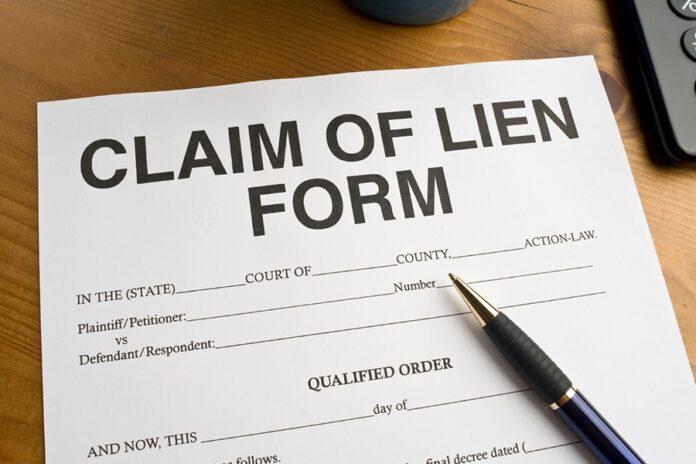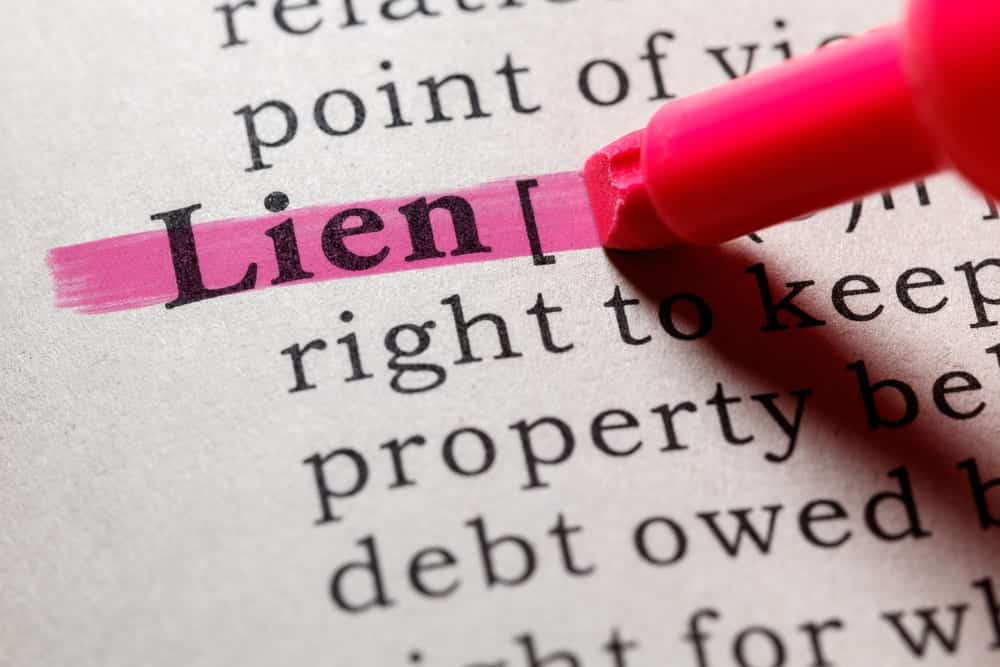
Lien is a powerful tool used by the creditors to secure the loan amount. It ensures creditors receive payments on time and safeguards their interest in case of default by the borrower.
Do you know how to put a lien on property in Alberta? For this, a creditor must file and register the lien through authorized registry agents.
Homeowners have the option to download the respective form from the Alberta Government Online portal. But before moving forward, there are some essential facts to consider. Here is some detailed information on how to put a lien on property in Alberta and filing procedures to make the procedure of putting a lien on a house in Alberta hassle-free.
Continue reading this article that Surex has put together to learn more about putting a lien on a house in Alberta.

What Is a lien?
A house lien or any type of asset lien is essentially security against a loan. Generally, it is placed by creditors to secure the loan amount in case of any future dispute. Lien can be put on personal properties, assets, and vehicles.
Liens give a sense of security to the creditors. Apart from safeguarding the interests of creditors, it also offers certain legal rights. If a debtor fails to repay the loan amount, the creditor has the right to adjust the amount by selling the property.
Types of liens on a property
Liens can be voluntary or involuntary. Voluntary liens include a contract between the creditor and debtor. Whereas involuntary liens are imposed by the creditors, government agency, or other parties in case of:
- Non-payment of maintenance and improvements charges.
- Non-payment of property taxes (Tax Liens).
- Non-payment of services rendered on the property (Mechanic’s Lien).
- The court order or Judgment liens to make good any losses incurred by the owner.
What happens if a lien is placed on a property?
Putting a lien on a house forfeits the rights of an owner to sell, lease, or refinance the property. Further, in case of non-payment of debt, the creditor may recover the loan amount from selling the property.
On the other hand, liens can be removed after successful repayment of the loan or fulfilling all obligations.

How to put a lien on a house in Alberta
Step 1. Verify ownership/ do a lien search
Do a lien search to avoid buying someone else’s debt. Use a personal property information system (PERPIS) to search property titles or liens. It is essential to take notice of any type of claim on the property. Information that can be searched are:
- Individual Debtor Name: Identifies if there are registrations for a specific individual debtor name.
- Business Debtor Name: Identifies if there are registrations for a specific business debtor name.
- Serial Number: Identifies if there are registrations for specific serial number goods.
- Registration Number: Identifies the status of a Personal Property Registry registration number.
- Related Writ: Identifies if there are linked writ recordings for individual or business names.
- Distribution: Identifies if there are recordings for individual or business names that may join distribution proceedings.
Points to consider while searching
- Use the full legal name of the debtor
- Use the full legal business name
- Do one individual/business name search at a time.
- Use the entire Personal Property registration number
Step 2. Fill out the form
Lien type depends on how the interest is registered. You can download fillable PDF forms for different personal property liens. First, right-click the link and download the form. Then fill it and save it.

Step 3. Go to a registry agent
Take the filled form and supporting documents to an authorized registry agent. Government-authorized registry agents provide registration, information, and licensing services. To select a registry agent, click here.
Step 4. Registration
After verifying the financing statement, complete and acceptable information is updated onto the Alberta Personal Property Registry Electronic System (APPRES) by the registry agent. It is crucial to adhere to specific time frames. File time-bound interests in advance so that adequate time is given to registry agents for processing.
After successful updating, a verification statement is generated, which serves as proof of registration. Go through the verification statement twice to avoid any error. Errors need to be corrected immediately on APPRES.
Step 5. Serve the homeowner
Inform the property owner on time about the registration of the lien. Give a reasonable time to the defendant to negotiate or file a defence. Send the notice through registered mail and keep the proof of served notices.
It is advisable to wait for the response from the defendants. The next course of action depends upon the results of negotiations. In case of failure, seek legal advice or hire civil enforcement agents to enforce a court order.
Step 6. Civil enforcement registrations
Civil enforcement activity involves appropriation, sale, and distribution of funds. For their business interests, civil enforcement agents perform the following activities:

- Attachment order
- Report of seizure
- Sale of seized property
- Sale proceeds distribution
- Sale of land
The list of civil enforcement agents providing services province-wide can be assessed on the Alberta government official website.
Do not forget
- To stick to the deadlines. For instance, builders’ liens need to be registered within a specific time period (generally 45 days) after completing the project.
- To understand the whole process and challenges associated with filing a lien on a house.
- To adhere to the lien laws. There are various province-specific liens rules and regulations.
- Even the basic liens require careful analysis of the chain of contracts, parties involved, invoices, calendars, and much more.
- To get the help of professionals in assessing the lien amount.
Endnote
Filing a lien is an excellent way of safeguarding the interest of a creditor, but the procedure involves meticulous analysis. For a stronger stance, the lien should comply with stipulated codes of the Alberta Government.
The most important thing to remember while putting a lien on a house in Alberta is the genuineness of the claim. There should be sufficient grounds for registration. Furthermore, damages to any individual/business due to the wrongful registration could lead to legal action. Therefore, utmost precaution is imperative while registering a lien. Consult an authorized registry agent for complete assistance.
















